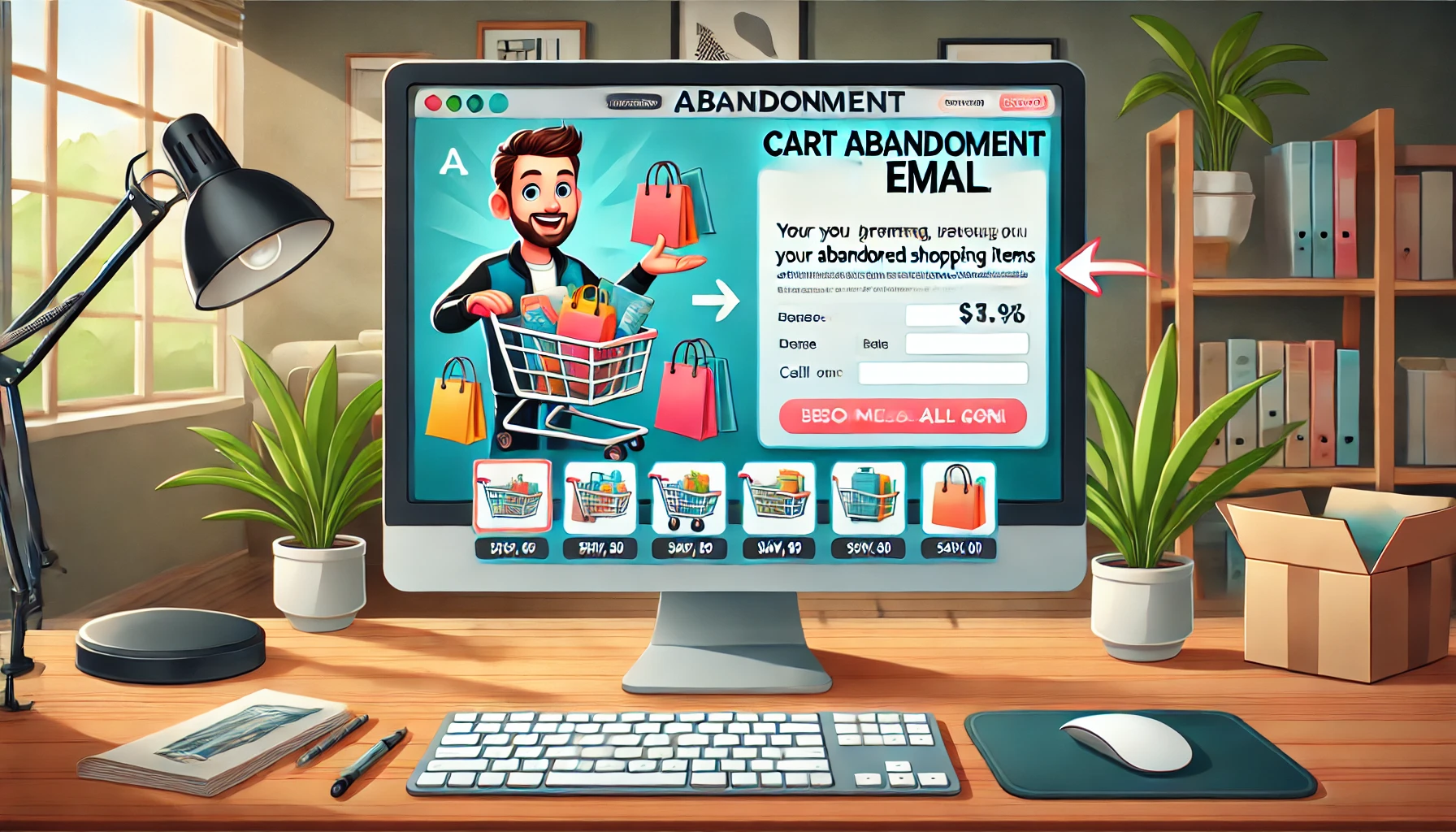In the next ten minutes, an astounding 1,830 hours of video will be uploaded to YouTube while you dive into this article. That’s a clear indicator of the video content era we are living in, and it’s not just a playground for entertainment anymore.
Nowadays, brands are harnessing the power of video content to distinguish themselves in the saturated world of marketing. If you haven’t yet explored this avenue, you’re overlooking a pivotal marketing tool that has the potential to significantly boost your sales and revenue.
In this comprehensive guide, we’ll explore why integrating video into your marketing strategies is smart for your business. From increasing engagement to enhancing brand recall, we’ll delve into the myriad ways video content can revolutionize your marketing efforts.
Five Key Ways Video Marketing Can Transform Your Business Landscape
Let’s dive into the dynamic world of video marketing and its unparalleled impact on businesses. Imagine this: in the vast digital sea, a staggering 1,830 hours of video content is uploaded to YouTube in just 10 minutes. Amidst this ocean of content, how does a business stand out? The answer lies in the powerful tool of video marketing.
1. Elevating Brand Awareness and Catalyzing Social Engagement
Building a brand isn’t just about making sales; it’s about creating a lasting relationship with your customers. It’s about making your brand a familiar and trusted name. And what better way to do that than through video content?
A fascinating insight from Sprout Social reveals that a whopping 89% of customers tend to buy from brands they follow on social media. Videos, with their compelling blend of visuals, sound, and text, have a unique way of captivating audiences, far surpassing the impact of text-based content. This isn’t just about catching the eye; it’s about striking a chord with your viewers, making your brand not just seen but felt.
Consider this: when your product starts in a video, it’s not just another item on the shelf; it becomes a character in a story, something your audience can connect with. This emotional engagement is what keeps your brand at the forefront of their minds, ready to be recalled at the right moment.
The real magic of video content? It has viral potential. Videos are the digital world’s superstars – they’re easy to share and resonate. Think about the content that lights up social media; more often than not, it’s a video.
Billy Gene of Billy Gene is Marketing, a maestro in the realm of video marketing, shared a nugget of wisdom during the Traffic & Conversion Summit 2019. He highlighted a fundamental truth: people hesitate to buy due to a lack of trust or belief in a brand or its promises. Video marketing is the bridge over these trust gaps.
Billy Gene illustrated his strategy on the Hustle and FlowChart podcast: he starts with a simple ‘T’ chart. On one side, he lists his customers’ top problems; on the other, the solutions his product offers. Each video he creates addresses these problems, making his content not just engaging but solution-focused. This approach turns his videos into not just content but conversation starters, leading to increased brand awareness and a surge in social shares.
The secret sauce in video marketing is finding that perfect angle to connect with your audience. Once you do, crafting engaging and share-worthy videos becomes smooth sailing.
2. Supercharging Your Website’s SEO with Video Content
Did you know that YouTube, with its staggering 2.5 billion monthly users, is the second-largest search engine in the world? Despite this immense potential, a mere 9% of small businesses in the USA are utilizing it. This underutilization signals a massive opportunity in the realm of video SEO.
Here’s the kicker: optimizing your videos for SEO isn’t just about YouTube traffic. These videos can also direct Google searchers right to your doorstep. Google’s search results often feature a dedicated video section filled with YouTube content relevant to the search query. This is a goldmine for driving traffic to your site.
You’re sitting on a treasure trove if you have a YouTube channel with a substantial following. By directing these followers to your website, you signal to Google the value and relevance of your site, boosting its ranking in the search engine results pages (SERPs).
Let’s look at Neil Patel, the SEO maestro. With over a million YouTube subscribers, every video he posts nudges viewers to visit his website for more in-depth content. This strategy doesn’t just increase his site traffic; it also enhances his site’s backlink profile. As Google views backlinks as endorsements, this increased linkage significantly elevates his website’s SEO ranking.
But there’s more to the story. Embedding YouTube videos into your website’s blog posts can dramatically increase visitors’ time on your page. As visitors engage with the video content, they’re likely to linger longer, indicating to Google that your site provides valuable content. This results in higher search rankings.
A prime example of this tactic in action is Shopify. They often embed YouTube tutorials in their how-to articles, like the one about selling on Etsy. This strategy makes the content more engaging and increases the time visitors spend on the page, a key metric for SEO success.
3. Automating Communication with Prospects
The art of marketing communication is crucial for forging and nurturing relationships with prospects and customers. Traditionally, this has been achieved through time-consuming sales calls. However, in our fast-paced world, not every prospect has the luxury of time to engage in these calls, and some may not be ready to make a purchase decision just yet.
Enter the era of video marketing, a game-changer in automating and enhancing the sales process. Imagine replacing those endless sales calls with a well-crafted video landing page on your website. This approach isn’t just about saving time; it’s about adapting to the modern consumer’s preferences.
A video landing page serves as an engaging and informative hub, showcasing your product’s value visually compellingly. This means you can address common queries and showcase your product’s benefits without needing to pick up the phone for every new prospect. It’s about delivering the right information at the right time in a format that’s both accessible and enjoyable.
Of course, this doesn’t mean you should completely abandon sales calls. They are still vital for deeper engagement and understanding the specific needs of your customers. The key is to use video as a preliminary step, preparing prospects with essential information before a more personalized conversation.
Take Headline, for instance, a software tool leveraging AI for content creation. The concept of AI-driven content might sound complex or unfamiliar to many. To bridge this gap, Headlime’s landing page is adorned with concise, informative videos that demystify how their tool operates.
This strategy significantly reduces the workload of their marketing department. Instead of individually addressing each prospect’s queries, they focus on creating content that drives traffic to these informative video landing pages. It’s a smart, efficient approach that optimizes both the prospect’s time and the company’s resources.
In summary, video marketing isn’t just a tool for engagement; it’s an innovative way to streamline communication with prospects, offering a self-serve information platform that can significantly enhance the overall sales process.
4. Boost Sales and Conversions
Every brand faces the daunting task of identifying the most effective marketing strategy that promises the best return on investment (ROI). With the vast array of tactics available, it can be challenging to pinpoint the one that truly works. This is where video marketing steps in as a game-changer.
Producing high-quality videos might require a significant investment, but the payoff is worth it. Statistics from WebFX indicate that videos can skyrocket conversion rates by as much as 86%. But achieving this impressive ROI isn’t just about creating videos; it’s about strategically placing them where they can have the greatest impact.
One of the most effective approaches is incorporating videos into your landing pages. This engages visitors and guides them through your product’s features and benefits, leading them closer to a purchase decision.
Social media platforms are another fertile ground for leveraging video marketing. While YouTube has been the traditional favorite, TikTok is now emerging as a strong contender with its high engagement rates. A study by Rival IQ revealed that despite having a lower activity rate than other platforms, TikTok boasts a staggering engagement rate of 5.8 billion. Its algorithm, which does not rely solely on the number of followers, makes it easier for videos to go viral, offering immense potential for increased conversions and sales.
Consider the success story of Dasha Derkach, the teenage entrepreneur behind Enchanted Scrunch. A simple TikTok video showcasing her organizing scrunchies led to a significant boost in sales. Initially, she earned around $400 to $600, but with consistent posting, she saw her revenue soar to between $5,000 and $7,000 from follow-up videos. This example highlights the power of consistent video content in driving sales, especially on platforms like TikTok.
Choosing the right social media channel where your target audience is most active is the key. Once you’ve identified this platform, focus on creating engaging videos with compelling calls-to-action (CTAs) that lead viewers to your product’s checkout page. It’s about crafting content that captures attention and inspires action.
In conclusion, video marketing isn’t just another trend; it’s a potent tool for boosting sales and conversions. By strategically employing videos in your marketing efforts, you can dramatically increase your brand’s ROI and set a new standard for success in your industry.
Capitalizing on the Mobile Revolution with Video Content
Let’s take a leaf out of Coca-Cola’s marketing playbook. They’re a brand that’s synonymous with omnipresence, ensuring their products are seen just about everywhere. From billboards to social media, Coca-Cola’s advertising strategy is all about visibility. But here’s a twist for the digital age: while you may not have a Coca-Cola-sized budget, mobile video marketing is an incredibly powerful tool at your disposal.
Here’s an eye-opener: 90% of consumers watch videos on their mobile phones. This staggering number is due to two main reasons. Firstly, the last decade has seen an exponential increase in mobile phone usage, making it the most accessible device for most people. Secondly, and perhaps more importantly, mobile devices are unparalleled when it comes to capturing attention.
Gone are the days when small screens were a deterrent to video consumption. Mobile phones have become the new normal for video engagement, forging deeper, more personal connections between brands and viewers. Google’s research underscores this, revealing that smartphone users are 1.4 times more likely than desktop viewers and twice as likely as TV viewers to feel a personal connection to brands that show video content on mobile devices.
This shift towards mobile viewing presents a unique opportunity for brands to create videos specifically optimized for mobile viewing. The goal? To build those personal connections that are so valuable in today’s marketing landscape. However, it’s crucial to strike a balance between engagement and intrusion, especially when it comes to advertising.
A key aspect of customer satisfaction in mobile video marketing is respecting the viewer’s space. Consider those seemingly endless five-second ads on YouTube – they can feel like an eternity and can be a major turnoff for many viewers. Remember, a mobile device is a personal space. Flooding it with intrusive ads can disrupt the user experience and negatively impact the perception of your brand.
7 Video Types to Elevate Your Marketing Strategy
When it comes to crafting a successful marketing campaign, diversity is key. By incorporating a variety of video types, you can engage your customers at every stage of their buying journey. Here’s a closer look at seven types of videos that can take your marketing campaigns to new heights:
Product Demonstration Videos
Imagine a video that showcases your product and brings it to life. That’s the power of product demo videos. They are perfect for customers who’ve peeked at your product and are now itching to see it in action. These videos build trust and credibility, allowing viewers to visualize themselves using your product, thus bridging the gap between curiosity and conviction.
Shoppable Videos
For eCommerce brands, shoppable videos are like a superpower. They transform passive viewing into an interactive shopping experience, enabling customers to buy products directly from the video. It’s a seamless blend of entertainment and shopping, and it’s something we at TPM excel in. We’ve seen firsthand how these videos can skyrocket e-commerce performance.
Case Study Videos
Nothing speaks louder than a success story. Case study videos feature testimonials from satisfied customers, providing real-life examples of how your product makes a difference. These videos give potential customers a glimpse of the tangible benefits your product offers, making the decision to buy much easier.
Brand Films
Brand films are your chance to tell your story. They’re about showcasing your business’s mission, values, and goals in a way that resonates with your target audience. These videos are less about selling a product and more about selling an idea – the idea of what your brand stands for.
How-To Videos
How-to videos are informational gems that guide your audience through a specific process or task. While they are educational in nature, there’s always room to subtly integrate your product if it’s relevant to the process being explained. Remember, these videos are about adding value through knowledge, and in 2023, a whopping 70% of marketers leaned into this trend.
Videos in Emails
Don’t limit your videos to social media and websites; take them directly to your customers’ inboxes. Incorporating videos into your email newsletters can set you apart, sparking curiosity and engagement. A play button on a large thumbnail can do wonders in driving clicks and keeping your subscribers hooked.
User-Generated Content (UGC) Videos
UGC videos are where your customers become your brand ambassadors. These videos are entirely crafted by customers – from shooting to editing – and are often shared on their social platforms. They’re a goldmine of authenticity and trust-building, and the best part? They require minimal investment from your side. Encourage satisfied customers to share their experiences, and watch how these genuine endorsements can transform your brand’s credibility.
Conclusion
Let’s wrap this up with a key takeaway: video content is not just a trend; it’s a revolution in the way we connect and communicate. It’s a powerhouse that can skyrocket conversions, ramp up traffic, and enable you to connect with your customers on a more personal level.
And let’s not forget the mobile dimension. With an ever-increasing number of people turning to their smartphones for content consumption, videos have become the preferred medium for engagement. This shift isn’t just a passing phase; it’s a fundamental change in the way audiences interact with content.
As a seasoned video production agency specializing in business content, we’re well-versed in the art of crafting videos that don’t just look good but also drive results. Our mission is to put you a step ahead of your competitors with videos designed to convert.
Ready to take your business to the next level with the power of video marketing? Reach out to us today, and let’s create something amazing together.












